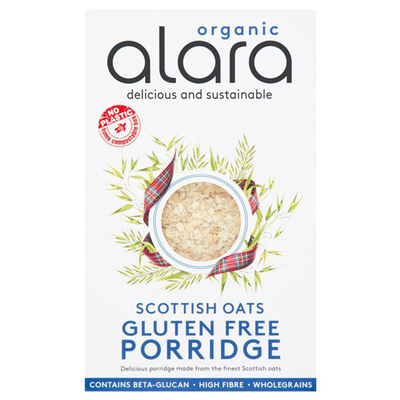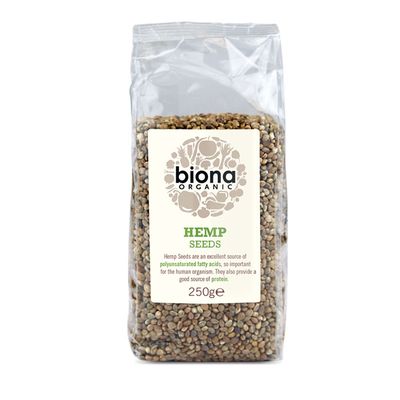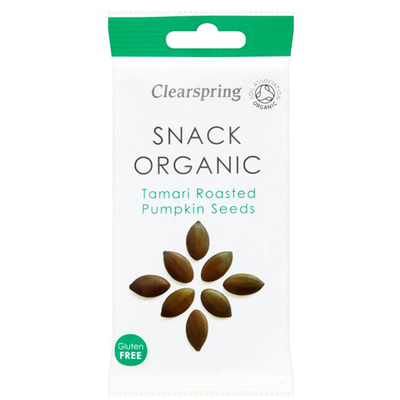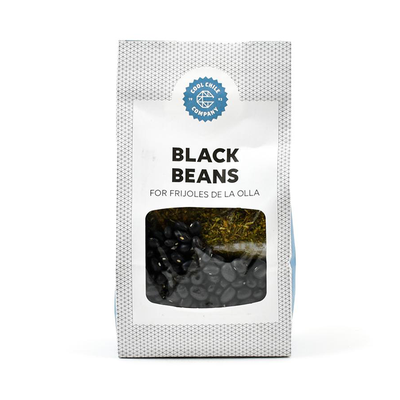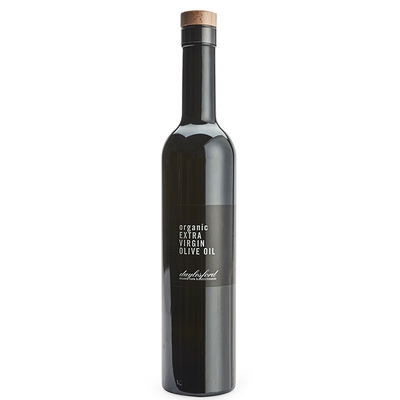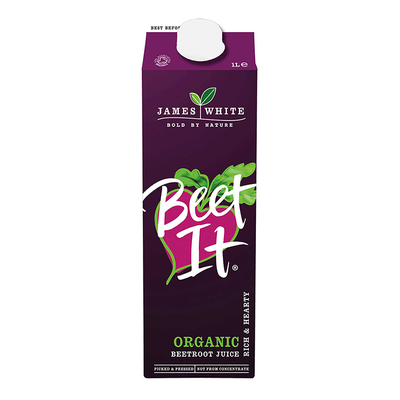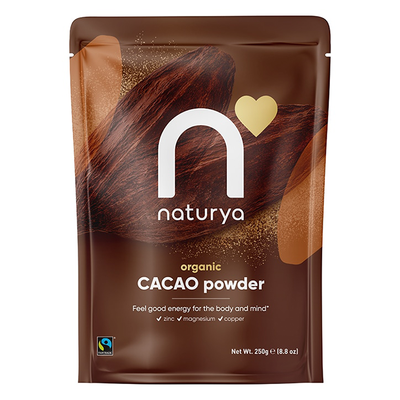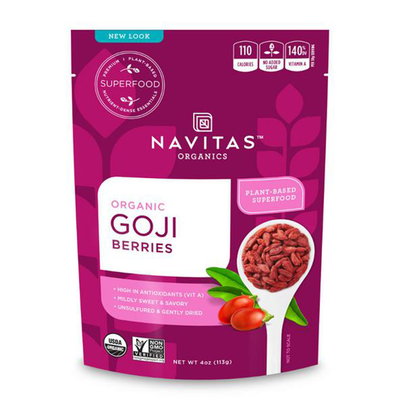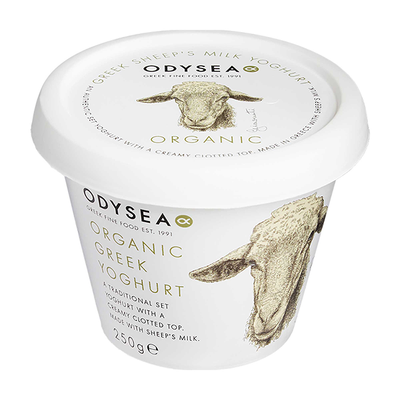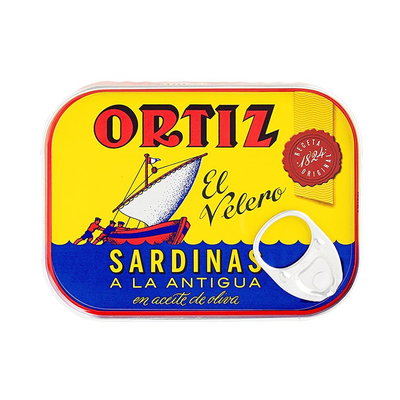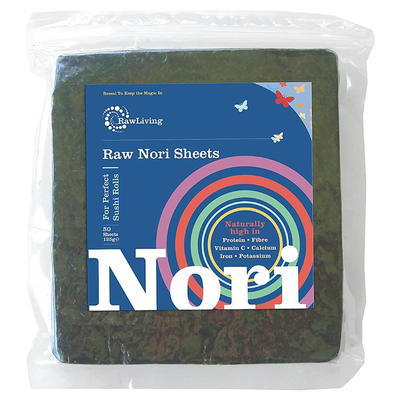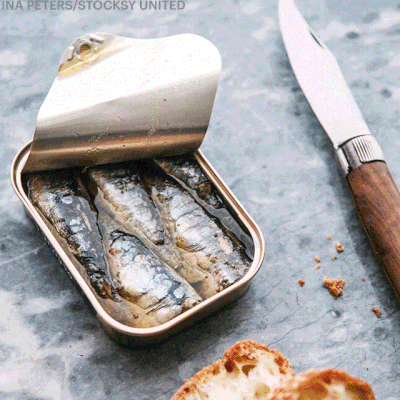
The Most Underrated Superfoods, According To 4 Nutritional Experts
Cavolo Nero
“Cavolo nero is a green leafy vegetable from the brassica family, and is closely related to kale, with far-reaching health benefits. As well as being rich in calcium, iron and fibre, as well as vitamins A, C and B, it also contains vitamin K and antioxidants, which make it great to protect against ageing. Add it to stews or try steaming it and serving with a drizzle of tamari. It’s also great dressed up with olive oil, chilli and garlic.”
Pumpkin Seeds
“Versatile and nutrient-dense, pumpkin seeds are a great cupboard staple. They are also one of the best food sources of magnesium, which many of us are deficient in. They can also help immunity, heart health, blood sugar control and sleep quality. Add them raw or roasted to salads or soups, or blend into a pumpkin seed butter or pumpkin seed pesto.”
Beetroot
“Beetroot offers a powerful load of vitamins and minerals, such as iron, folate, magnesium, B vitamins, vitamin C, phosphorus, nitrates and more. It also contains the amino acid betaine, which is required for important bodily functions such as the circadian rhythm, and the production of mood-related neurotransmitters dopamine and serotonin.”
Parsley
“Parsley deserves greater inclusion in our diet – it’s notably high in vitamins A, C and K, as well as iron and folic acid. In fact, it has been used in herbal medicine for hundreds of years because of its abundant nutritional status, and there’s lots of research on the diuretic and antioxidant properties of parsley and the role it could play in preventing oxidative damage in the body and protecting against kidney stones. Add to salads, tomato sauces and fresh juices or make your own parsley pesto.”
Swiss Chard
“Swiss chard contains at least 13 different antioxidants, which help protect cells from free radical damage and play a role in prevention of chronic disease. Like other green, leafy vegetables, Swiss chard is versatile and can be easily disguised in hummus, pesto, soups and stews.”
Visit EllieClarkeWellbeing.com
Red Peppers
“Red peppers are one of the richest sources of vitamin C, with a whopping 300% of the recommended daily intake from an 80g serving. Vitamin C is one of the body’s key antioxidants that helps to protect cells from oxidative damage.”
Black Beans
“Eating beans is a fantastic way to increase your fibre intake, and half a can of black beans provides nearly half of your recommended daily intake. Eating more fibre will reduce your risk of heart disease and high cholesterol as well as type 2 diabetes.”
Olive Oil
“Olive oil is my go-to superfood, and whatever new oils come on the market, olive oil will always reign supreme in terms of the research to back it up. It is rich in monounsaturated fats, which can help lower cholesterol levels, and is naturally anti-inflammatory. Some studies have even shown it’s as powerful an anti-inflammatory as ibuprofen.”
Oats
“Oats are incredibly nutritious and a super addition to the diet. They contain a specific type of fibre called beta glucans, which has been shown to lower cholesterol. Aim for a 50g serving at breakfast, which will provide an impressive dose of iron, magnesium and zinc.”
Visit RobHobson.co.uk
Cacao
“Cacao (not to be confused with cocoa) is one of the highest antioxidant foods on the planet – higher even than green tea and red wine. It’s a fantastic source of antioxidants, magnesium, iron, manganese and fibre. It’ll improve cardiovascular health, support strong bones and elevate your mood. Eat raw chocolate or cacao beans for breakfast with yoghurt and fruit.”
Hemp Products
“Hemp is seriously underrated as a health food. Hemp seeds are packed with protein and are also rich in iron, zinc, phosphorus, magnesium, and omega-3s. Hemp seeds have a nutty flavour, and can be added to salads, smoothies, toasts, soups and grilled dishes.”
Honey
“In its organic, wild, raw and unfiltered state, honey is rich in minerals, antioxidants and enzymes. It’s also a prebiotic, which may support gut health. Try baking with honey instead of sugar or add a teaspoon to chamomile tea for a sweet treat.”
Sea Vegetables
“Foods such as kelp and nori contain iodine, magnesium, calcium, and potassium and are a good source of fibre, which helps promote digestive health. Sea vegetables may also help support immunity and reduce cholesterol. Add kelp to soups and salads, and sprinkle nori on top of rice and noodle dishes.”
Goji Berries
“Goji berries were once tricky to find but you can now find them everywhere. Just 1oz offers 3g of protein as well as impressive doses of selenium, iron, riboflavin and vitamin C. Sprinkle them into salads, add to muffins and cookies when baking or even frozen desserts. They work perfectly at breakfast time, too – stir into porridge and yoghurt or eat raw as a snack.”
Visit ShapesStudio.co
Red Cabbage
“Red cabbage is an amazing and underrated food. It contains compounds calls anthocyanins which are shown to help improve our brain function and is also high in fibre, which is great for the gut. Try shredded in coleslaw or salads.”
Greek Yoghurt
“Greek yogurt is an unsung hero. Not only is it a low-calorie protein source, but it’s also rich in calcium, B vitamins, vitamin D and iodine. Plus, it can be sweet – with honey and berries – or savoury with tahini and nuts. It’s a great snack for any time of the day.”
Brazil Nuts
“Nuts got a bad rap during the calorie counting years due to their high fat content, but they’re an important source of nutrients that are trickier to find elsewhere in the diet. They’re also rich in fibre. Plus, you don’t absorb all the fat from them anyway as nuts are harder for our bodies to break down – in a good way. Brazil nuts get my vote for their high selenium content.”
Tinned Sardines
“Tinned sardines are a great lunch food, especially when they’re in tomato sauce and served on toast or in a salad. Sardines contain calcium and omega 3 fatty acids which do so many amazing things in our bodies from reducing inflammation to improving brain function. They’re also affordable, so a great option for all budgets.”
Skimmed Milk
“Packed with B vitamins, vitamin D, iodine, calcium and magnesium, skimmed milk is a nutritional powerhouse. It also contains the ideal protein and carbohydrate blend to build lean muscle, is affordable and contains less fat than most plant milks.”
Eggs
“A fantastic protein source, eggs are packed with essential micronutrients as well as iron and B vitamins. In fact, from a nutrition perspective, eggs significantly improve any meals they appear in.”
Visit CityDietitians.co.uk
Shop our superfood edit...
DISCLAIMER: Features published by SheerLuxe are not intended to treat, diagnose, cure or prevent any disease. Always seek the advice of your GP or another qualified healthcare provider for any questions you have regarding a medical condition, and before undertaking any diet, exercise or other health-related programme.
DISCLAIMER: We endeavour to always credit the correct original source of every image we use. If you think a credit may be incorrect, please contact us at info@sheerluxe.com.




